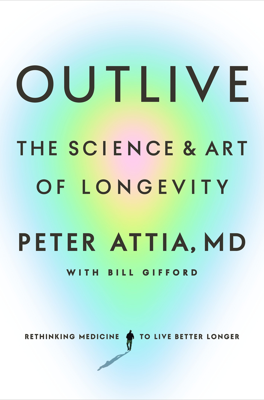Medicine 3.0: Rethinking Medicine for the Age of Chronic Disease
Transition from Medicine 2.0 to 3.0
Peter Attia discussed his personal transition from traditional medical practice to management consulting, which opened his eyes to the importance of understanding risk. His experience in finance and risk analysis significantly altered his understanding of medicine, specifically in dealing with chronic diseases.
Critique of Traditional Medical Practices
Attia expressed deep frustration with the conservative nature of traditional medicine, which he found resistant to innovation and change. His experiences, including challenges with proper medication dosing and surgical emergencies, underscored the limitations of a rigid healthcare system that often prioritizes protocol over patient care.
The Concept of Risk in Medicine
Attia criticized the traditional medical mantra “First, do no harm,” highlighting its impracticality and the necessity of taking calculated risks to save lives. He shared several examples where immediate and risky medical interventions were necessary to save patients, advocating for a more dynamic and analytical approach to understanding and managing medical risks.
Evolution of Medical Eras
Medicine 1.0: Based on observations and guesswork, lasting until the mid-19th century, with practices often harmful and based on the mistaken beliefs of the time.
Medicine 2.0: Began with the germ theory of disease, leading to significant advancements like antiseptics and antibiotics. However, it has been less effective against chronic diseases and focuses mostly on treatment rather than prevention.
Proposal for Medicine 3.0
Attia argued for Medicine 3.0, which emphasizes: - Preventative Medicine: Shifting focus from treatment to prevention of diseases. - Patient-Centric Care: Tailoring medical care to the unique characteristics of each patient, moving beyond the one-size-fits-all approach of evidence-based medicine. - Rigorous Risk Assessment: Embracing a realistic and analytical approach to assessing medical risks, including the potential risks of inaction. - Healthspan: Prioritizing the quality of life and extending the healthy years of life, not just the lifespan.
Technological and Philosophical Shifts
He discussed the influence of technology in advancing personalized medicine and the need for a philosophical change in how medicine is practiced and taught. Attia urged for the integration of technologies like continuous glucose monitoring and advanced risk analysis tools to better predict and manage long-term health risks.
Personal Involvement and Awareness
Finally, Attia emphasized the need for patients to be active participants in their health management, likening the patient's role to that of a ship's captain navigating through potential health risks with the help of a medical professional.
This redefinition and approach aim to not only manage diseases more effectively but to prevent them, enhancing both the quality and length of life through personalized, risk-informed medical practices.
